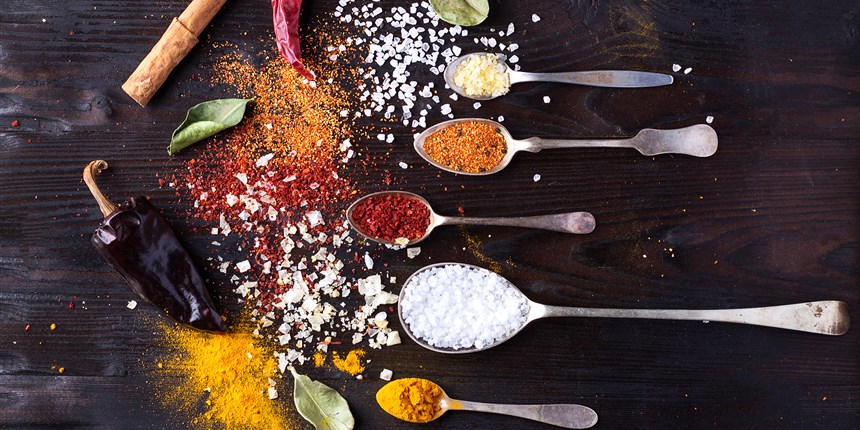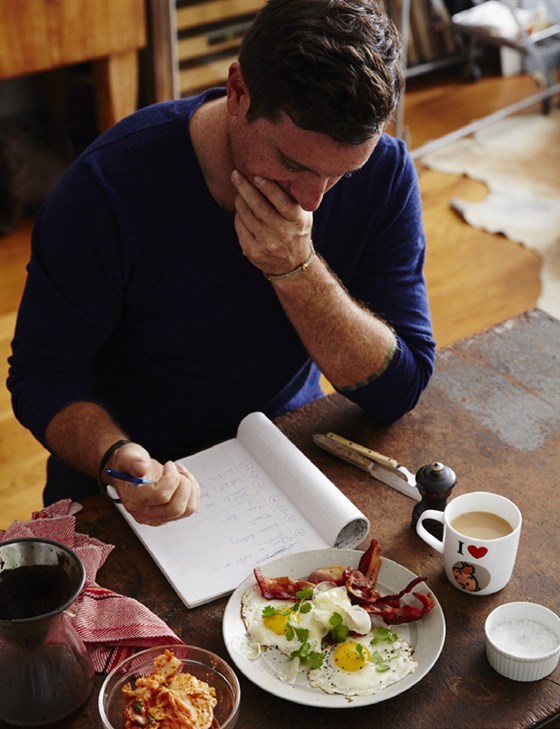Food & Drink – I’m a firm believer that first and foremost, food needs to be delicious. There is simply nothing very inspiring about a bland bowl of flavorless quinoa. Yeah, perhaps it might be “healthy,” but who really wants to eat it? Where is the joy? Where is the pleasure? As a professional chef, I’ve watched from a distance as the Internet has exploded with endless recipes for healthy food. And while there are a lot of great ideas and great dishes circulating, I find that the little tricks of the trade that we chefs learn growing up in kitchens are often overlooked. Armed with a little bit of savvy and a well-tuned palate, you can turn the ordinary into the extraordinary.
One of the most common mistakes home cooks make is not being assertive enough when it comes to seasoning. Often, a little extra salt and pepper or even some lightly chopped herbs will go a long way to bringing out the natural flavors of a dish. Just imagine a roast chicken without salt and pepper. Blech! Now add some coarse sea salt, cracked pepper, crushed thyme and rosemary, lemon zest, maybe even some coriander seeds and sesame seeds. Suddenly, that pedestrian bird has become a flavorful masterpiece.
2. BUT SEASON AS YOU GO, TOO
You want to add salt in stages to build flavor. Taste your salt to see how salty it is and adjust the amounts you add to your dish accordingly. Keep in mind that teaspoon for teaspoon, finer salts tend to add more saltiness.
3. START WITH GOOD SALT
I prefer sea salt for its complex and concentrated saltiness and its abundance of minerals. My friends at Jacobsen Salt Co., in Portland, Oregon, harvest all their salt from the pristine waters of the northwestern coastline. I often finish dishes with Jacobsen’s flake finishing sea salt and really like Jacobsen’s specialty salts, particularly the one infused with ghost chile.
4. THINK OF THE FOUR POINTS OF THE COMPASS OF OUR PALATE: SALTY, SWEET, SOUR, SPICY.
Playing spicy off sweet (think: mango and chiles) or sour off salty (think: salt and vinegar chips) can make a dish really feel balanced and craveable. I don’t always have these elements in equal parts. Sometimes you want one flavor profile to dominate the others, but having a balance makes for a successful and exciting dish.
5. FOOD TASTES BETTER WHEN IT LOOKS GOOD
I’m not saying you should pull out tweezers to compose fussy plates of food, but you shouldn’t dump the food on a plate. There’s a difference between rustic and sloppy.
6. FINISH DISHES WITH SOFT HERBS
They’re really healthy, add a bright pop and change the character of a dish to make it tastier and more exciting. I add them at the end so they stay bright. Feel free to use whatever you like or have on hand. To chop them, I run a knife through them just enough to discipline them, or I simply tear them up by hand.
Ready to put these tips into practice in your own kitchen? Build flavor with quality ingredients, herbs and spices with this delicious curry recipe.
By Seamus Mullen, From NBCNews.com


